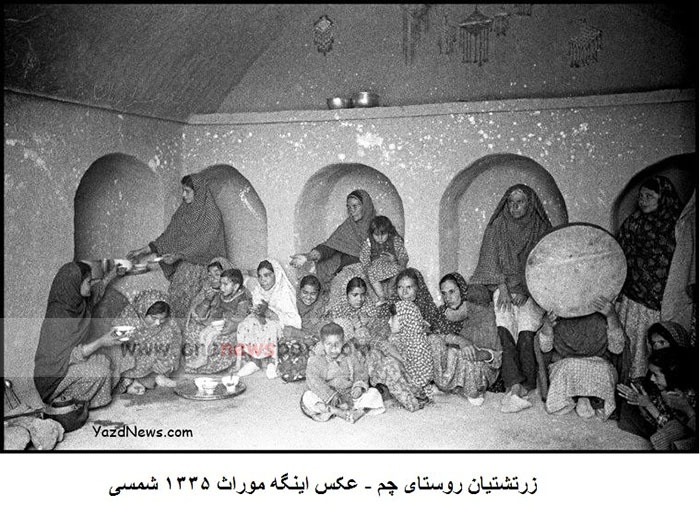Medieval to Modern History
Yazd continued to thrive throughout the medieval period, serving as the capital of the Muzaffarid Dynasty in the 14th century. The city’s most iconic structure, the Jameh Mosque (Friday Mosque), was constructed during this time and remains a testament to the architectural achievements of the era. The Safavid and Qajar periods also left their mark on Yazd, with the city’s inhabitants migrating to other regions, such as the Iran-Afghanistan border, establishing settlements like Yazdi in what is now Farah City in Afghanistan.
In modern times, Yazd has maintained its reputation as a city of cultural significance and architectural innovation. Despite the rapid urbanization seen in many Iranian cities, Yazd has managed to preserve its traditional urban fabric, offering a unique window into Iran’s past.
Architectural Marvels of Yazd
Yazd’s architecture is a remarkable example of how humans can adapt to and thrive in a harsh desert environment. The city’s buildings, constructed primarily from sun-dried bricks and adobe, are designed to withstand extreme temperatures and conserve water, a precious resource in this arid region.

